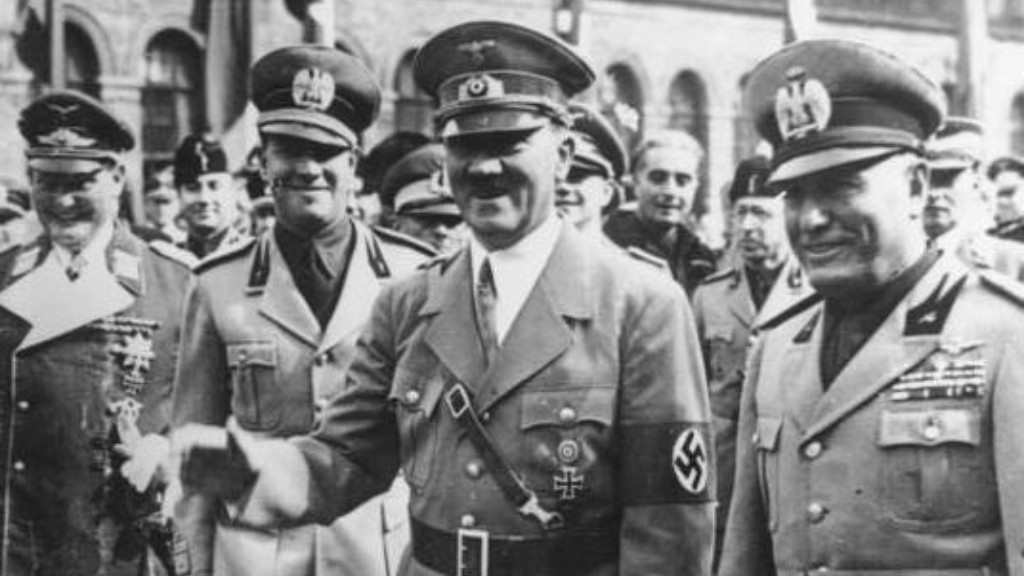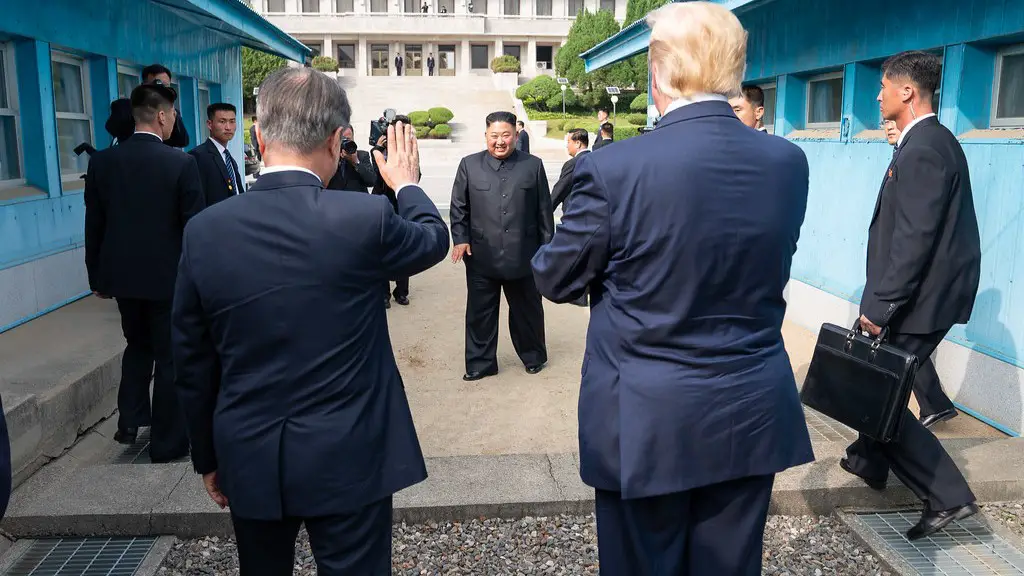Joseph Stalin was a Russian dictator who transformed the Soviet Union into a major world power. During his reign, Stalin ordered the deaths of millions of people, including many of his own countrymen. While his brutal rule caused widespread suffering, Stalin also oversaw the industrialization of the Soviet Union and the expansion of the Soviet Union’s influence around the world.
Josef Stalin was one of the most influential figures of the 20th century. As the leader of the Soviet Union, he oversaw a period of rapid industrialization and collectivization that transformed the country into a major world power. Stalin also played a key role in the development of the Soviet Union’s military and political doctrine, known as Marxism-Leninism. While Stalin’s regime was characterized by brutal repression, his policies also helped to raise living standards and to make the Soviet Union a leading economic and military power.
How was Joseph Stalin influential?
Stalin was a Bolshevik operative in the Caucasus before his exile in Siberia. He was responsible for organizing cells, spreading propaganda, and raising money through criminal activities. Stalin earned a place in Lenin’s inner circle and the highest echelons of the Bolshevik hierarchy.
The dictator’s administrative machinery was very efficient in controlling the population and keeping them in line. It was based on the interlinking of the Communist Party, ministries, legislative bodies, trade unions, political police, and armed forces. This system allowed the dictator to keep a close eye on the population and make sure that they were following his orders.
What impact did Joseph Stalin have on World War Two
Joseph Stalin played a pivotal role in the outbreak of World War II. After first attempting to form an anti-Hitler alliance with the Western powers, he concluded a pact with Hitler in August 1939. This encouraged the German dictator to attack Poland and begin World War II. Stalin subsequently provided military and economic aid to Hitler’s regime throughout the war.
Stalin’s mistrust of Western governments was a significant cause of the Cold War. Stalin saw the West as a threat to the Soviet Union and was determined to expand communism into eastern Europe. His insincere negotiations at the end of World War II only served to further escalate tensions between the two sides.
Who was Joseph Stalin and why is he significant to the Cold War?
Stalin was the leader of the Soviet Union during the early years of the Cold War. He played a significant role in Cold War events such as the Berlin Blockade and the Korean War. This was significant because it saw Joseph Stalin face off against the United States.
After being elected to the Bolshevik Central Committee in April 1917, Stalin helped Lenin to evade capture by authorities and ordered the besieged Bolsheviks to surrender to avoid a bloodbath. The Bolsheviks then seized Petrograd and Stalin was appointed People’s Commissar for Nationalities’ Affairs.
What are 5 interesting facts about Joseph Stalin?
Josef Stalin was a Russian revolutionary who rose to become the leader of the Soviet Union. He was born in 1878 and his real name was Iosif Vissarionovich Dzhugashvili. He adopted the name Stalin, which means “man of steel” in Russian, while he was a revolutionary.
In 1922, Lenin, the leader of the Soviet Union, wrote a Testament in which he recommended that Stalin be removed from power due to his ability to be “ruthless and power hungry.” However, Lenin died before he could make this recommendation official.
Stalin rose to power after Lenin’s death and one of his first actions was to create the Gulag, a system of forced labor camps in which prisoners were used for slave labor. Under Stalin’s rule, millions of people were sent to the Gulag, where they faced horrific conditions and often died.
Stalin was also responsible for the death of his own right-hand man, Vyacheslav Molotov. Molotov was one of Stalin’s closest allies and helped him to rise to power. However, after a falling out, Stalin had Molotov arrested and he died in prison.
Stalin desired to remove and replace any policies created under the New Economic Policy. The plan, overall, was to transition the Soviet Union from a weak, poorly controlled, agriculture state, into an industrial powerhouse. Stalin saw the New Economic Policy as a way to make the Soviet Union stronger, and he was not willing to give up that power.
What was Stalin’s 5
The Five Year Plans were a series ofEconomic had the Soviet Union during the 1930s. ThePlans were developed by Soviet leader Joseph Stalin and were based on the theories of Karl Marx. The goals of the Five Year Plans were to increase industrial production and to make the Soviet Union a superpower. The First Five Year Plan was implemented in 1928 and lasted until 1932. It focused on the development of heavy industry and the collectivization of agriculture. The Second Five Year Plan was implemented in 1933 and lasted until 1937. It focused on the further development of heavy industry and the collectivization of agriculture. The Third Five Year Plan was implemented in 1938 and lasted until 1942. It focused on the development of the military-industrial complex.
The policies of rapid industrialization and collectivization led to the death of almost 7 million people from famine. People were being forced to work in labor camps, and many died as a result. These policies were a failure in the short term, but they may have been necessary in the long term for the Soviet Union to become a major industrial power.
What was Stalin’s promise?
Although Stalin pledged to permit free elections in Poland, the country was still occupied by Soviet forces. Germany was also occupied and split into four zones, with the Soviet zone being the largest.
In 1928, Stalin launched his First Five-Year Plan to speed up the process of industrialization in the Soviet Union so that it could compete with output levels in developed capitalist economies. This would help the Soviet Union catch up to the West, and also make it better prepared to defend itself against potential attacks. The Five-Year Plan was a success, and by the end of the 1930s the Soviet Union had become a major industrial power.
How successful were Stalin’s economic policies
The policies pursued by the Soviet government under Stalin’s rule had a disastrous effect on the nation’s population. In most cases, these policies were poorly managed and resulted in small growth compared to the targets set out. As a result, Stalin’s economic policies must be considered to have been a disastrous period of Soviet economic policy.
After the beginning of Operation Barbarossa, Stalin himself declared in a 1941 broadcast that Germany waged war to exterminate the peoples of the USSR. Stalin’s declaration was part of a broader propaganda campaign that sought to demonize the German people and rally the Soviet population behind the war effort. Pravda, the official newspaper of the Soviet Union, published articles denouncing all Germans as killers, bloodsuckers, and cannibals. Atrocity stories were used to bolster these claims and stir up anger against the enemy.
What is the 13th five-year plan?
The Thirteenth Five Year Plan was supposed to be the economic plan for the years 2017-2022. However, since the Planning Commission was disbanded in 2014, no formal economic plans have been established. While Five-Year Defense Plans are still being developed, there is no Thirteenth Five-Year Plan.
The collectivization of farms in the Soviet Union, coupled with other Stalinist policies, led to terrible famines that caused the deaths of millions of people. The man-made famine in Ukraine in 1932–33, known as the Holodomor, has been recognized as an attempted genocide against the Ukrainian people. The collectivization of farms led to the loss of land and property for many farmers, and the forced relocation of people to collective farms created immense hardship and suffering. The famine that resulted from collectivization was one of the worst humanitarian disasters of the 20th century.
Conclusion
Some say that Stalin changed the world by creating a new type of society, one that was based on industrialization and collectivism. Others say that Stalin’s actions led to the Cold War and the division of the world into two blocs.
In conclusion, Joseph Stalin was a significant figure in history who changed the world in a number of ways. He was responsible for the industrialization of the Soviet Union, as well as the collectivization of agriculture, which helped the country to become a major world power. He also played a role in the development of the Cold War, as well as the spread of communism around the world.





